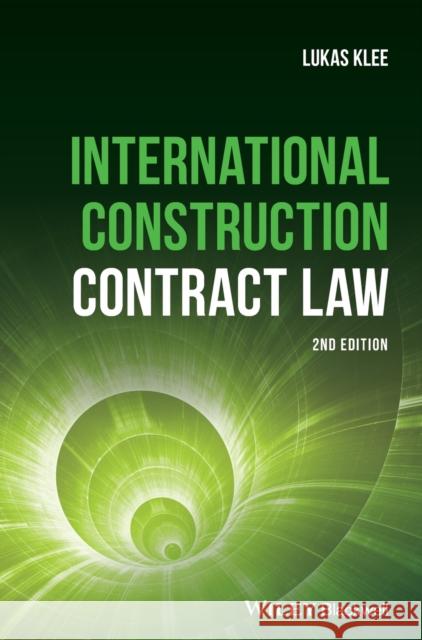topmenu
Wyniki wyszukiwania:
wyszukanych pozycji: 2
 |
Auslegung des Druckprozesses beim Binder Jetting zur Herstellung von Verzahnungen mit hoher Zahnfußtragfähigkeit
ISBN: 9783985552993 / Niemiecki / Miękka / 160 str. Termin realizacji zamówienia: ok. 10-14 dni roboczych (Dostawa w 2026 r.) Pulvermetallurgisch hergestellte Zahnräder weisen aufgrund der endkonturnahen Fertigung ein hohes Potenzial zur Steigerung der Kosten- und Ressourceneffizienz auf. Die Herstellung pulvermetallurgischer Zahnräder durch Matrizenpressen ist aufgrund der speziellen Anlagentechnik erst bei großen Losgrößen bzw. in der Serienfertigung wirtschaftlich. Das Binder Jetting von Zahnrädern bietet bei ähnlicher Prozesskette die Möglichkeit, die Vorteile pulvermetallurgisch hergestellter Zahnräder in der Kleinserien- und Prototypenfertigung abzubilden. Mit dem additiven Fertigungsverfahren soll...
Pulvermetallurgisch hergestellte Zahnräder weisen aufgrund der endkonturnahen Fertigung ein hohes Potenzial zur Steigerung der Kosten- und Ressourcen...
|
cena:
240,98 |
 |
International Construction Contract Law
ISBN: 9781119430384 / Angielski / Twarda / 2018 / 864 str. Termin realizacji zamówienia: ok. 30 dni roboczych (Dostawa w 2026 r.) The updated second edition of the practical guide to international construction contract law The revised second edition of International Construction Contract Law is a comprehensive book that offers an understanding of the legal and managerial aspects of large international construction projects.
The updated second edition of the practical guide to international construction contract law The revised second edition of International Construction ...
|
cena:
479,43 |










